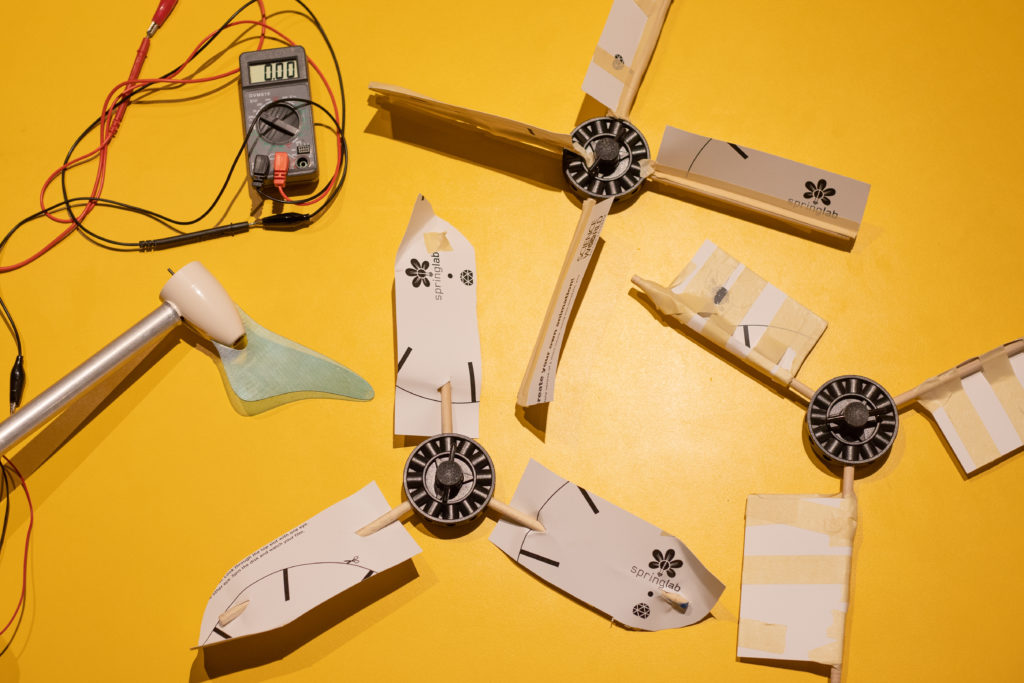What makes a paper airplane fly? Air!
The first consideration in making a plane fly, for short or long distances, are the four forces that act on an aircraft– drag, gravity, thrust and lift . The next consideration is how easily a plane moves through the air, or its aerodynamics.
Planes that push a lot of air are said to have a lot of drag or resistance to moving through the air. If you want your plane to fly as far as possible, you need a plane with as little drag as possible.
A second force that planes need to overcome is gravity. You need to keep your plane's weight to a minimum to help fight against gravity's pull to the ground.
Thrust is the forward movement of the plane. The initial thrust comes from the muscles of the "pilot" as the paper airplane is launched. After this, paper planes are really gliders, converting altitude (height) to forward motion.

Lift comes when the air below the plane wing is pushing up harder than the air above it is pushing down. It is this difference in pressure that enables the plane to fly.
Pressure can be reduced on a wing's surface by making the air move over it more quickly. Curving the wings of a plane will enable air to move more quickly over the top of the wing, resulting in an upward push, or lift, on the wing. If the wing is too curved however, it will have either little effect or perhaps even the opposite effect.
Long flights come when these four forces–drag, gravity, thrust, and lift–are balanced.
Some airplanes, such as the Concord, are built to move extremely fast. These planes, like darts, do not have a lot of drag and lift: they depend on extra thrust to overcome gravity.
Planes that are built to spend a long time in the air, such as a Boeing 787, usually have a lot of lift but little thrust. These planes fly a slow and gentle flight.



